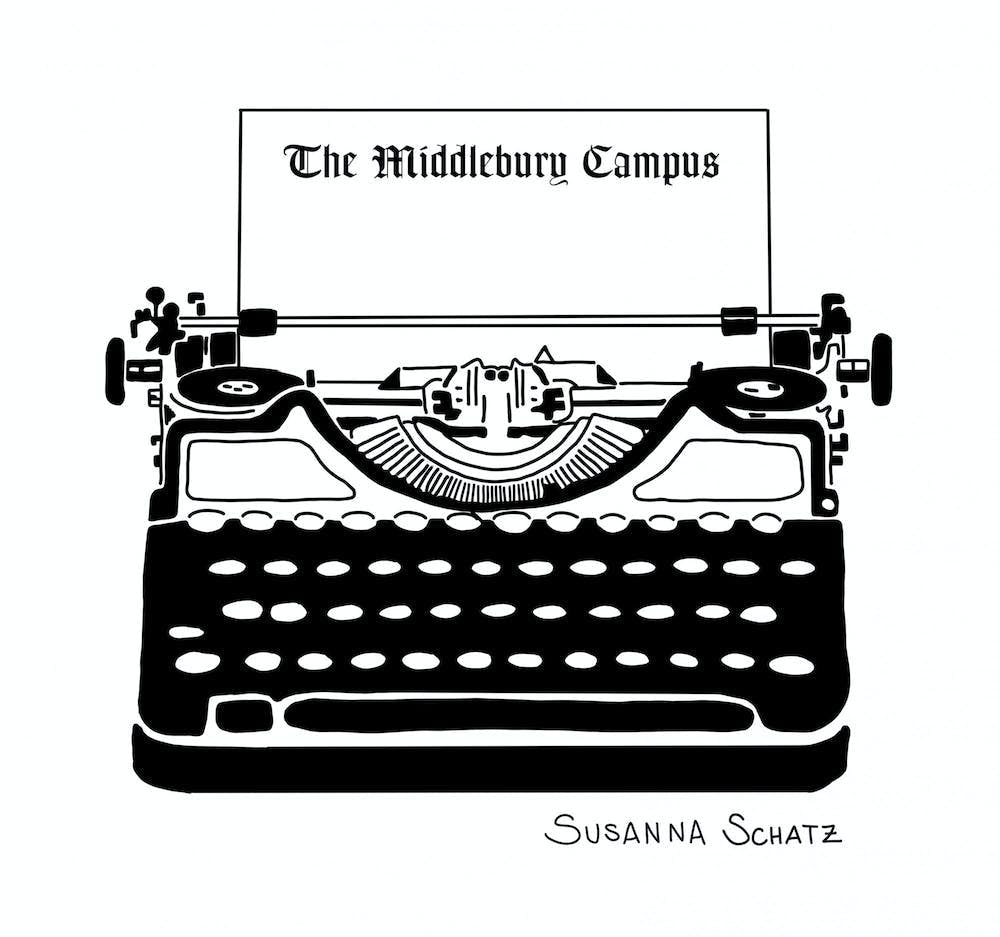The administration sent an email titled “Inclusive Admissions and Incoming Class Update” to the Middlebury community on Feb. 7, which contained preliminary information about the demographics of the incoming classes of 2028 and 2028.5, and reaffirmed the college’s admissions approach after receiving its first round of applications since the Supreme Court barred colleges and universities from employing affirmative action last June.
The college is committed to continuing to build a diverse class through a focus on recruitment initiatives that increase accessibility like the Discover Middlebury fly-in program and partnering with programs such as QuestBridge and Posse. At the same time, we call on Middlebury to clearly establish its support for diversity on campus by making the student experience comfortable for people of all backgrounds and requiring a formal diversity statement, as some of our peer institutions have.
According to the Feb. 7 email, Middlebury admissions received its third-largest Early Decision I applicant pool in college history, comprising students from all 50 states and 156 countries. Middlebury admitted 425 students from this pool, the most it has ever admitted in the Early Decision I round. Of the 425 students admitted, 43 would be the first in their family to attend college, an increase from 26 last year, and 33 are international students.
The email did not specify the racial breakdown of the students admitted. Since the Supreme Court ruling, admissions readers no longer have access to a demographic category of race or ethnicity while reviewing applications.
While Middlebury’s choice to admit a majority of its incoming class through Early Decision is a logical one for yield rates, it is not necessarily an equitable one. Data indicates that students who apply early are disproportionately white, wealthy and more likely to be legacy students or student-athletes. In the 2022-2023 school year, 27% of students were athletes. Nine percent of students had a parent attend Middlebury according to Zeitgeist 5.0. Both legacy admissions and athletic recruiting have been referred to as “affirmative action for rich white students.”
The email also noted that it is the second year of Middlebury’s partnership with QuestBridge, a national program that identifies high-achieving, low-income high school students and matches them with elite colleges and universities. Middlebury is also a Posse Foundation partner — a program that works with select colleges to provide scholarships and leadership training to a cohort of students. Both programs provide full-tuition scholarships to selected students. The pool of students admitted through the Early Decision round included 7 QuestBridge scholars and 30 Posse scholars.
We appreciate the QuestBridge and Posse Foundation programs as valuable ways for Middlebury to continue to help ensure that high-achieving students from socioeconomically, racially and geographically varied backgrounds can attend Middlebury. Still, with only 7 and 30 students from each program respectively recruited thus far, such programs are only one small part of increasing accessibility.
In November 2022, anticipating the Supreme Court decision, we urged Middlebury to focus on their outreach infrastructure, including looking at revamping and increasing the Discover Middlebury program, which had shifted to virtual information sessions during the pandemic. We are pleased that the college hosted a Discover Middlebury in October 2023, and paid for 35 high school students from across the country to visit campus who could not afford to do so on their own. We call further on the Middlebury Admissions office to prioritize outreach to high schools at students that may not otherwise be inclined to apply to Middlebury.
In terms of the actual application, how can Middlebury continue to attract students from racially diverse backgrounds since the ban on affirmative action? Unlike Harvard and some other colleges and universities, Middlebury has not added an additional prompt to its application to allow applicants to write about their racial background. However, the Feb. 7 email reads, “Students may still share personal information related to their cultural and racial identities through written essays and their activities that take place outside the classroom.”
The administration also writes that they are preserving the test-optional pilot program for at least another three years. Recent evidence, however, demonstrates that debates over the equity of such tests are not only misguided, but may serve to hurt diversity. Neighboring Dartmouth College recently reinstated its test policy, citing standardized tests as an important part of a holistic approach to admissions.
The college also needs a diversity statement. Many of our peer institutions explicitly state their commitment to diversity in their admissions pages. Amherst’s statement, for example, asserts its dedication to prioritizing geographic, racial and ethnic, socioeconomic, and academic and extracurricular diversity among its student body. Adding such a statement would not only demonstrate Middlebury’s commitment to diversity to applicants, but could also serve as a pledge to its current students.
In last November’s editorial, we wrote that focusing only on the structural inequalities of admissions was not enough, and Middlebury must do better in providing support for BIPOC students once they are actually here as enrolled students. We continue to make that same request today.
It is encouraging that the college administration is thinking about how to preserve diversity of applicants going forward, but they must also remember the importance of supporting students of diverse backgrounds currently at Middlebury. In a rural, white state, the college has a duty to support students of color, such as recruiting BIPOC counselors, for which we have continually called.
The college can utilize concerted recruitment plans, but ultimately, it can never fully control who applies to Middlebury, nor can it use race as a factor in admissions after last June’s decision. The college does, meanwhile, have the ability to support students already here. Making a strong effort to create a welcoming, safe space for students from all backgrounds reinforces the intellectual and community value of a diverse student body, and could in turn make a more diverse group of applicants want to apply to Middlebury in future admissions cycles.


